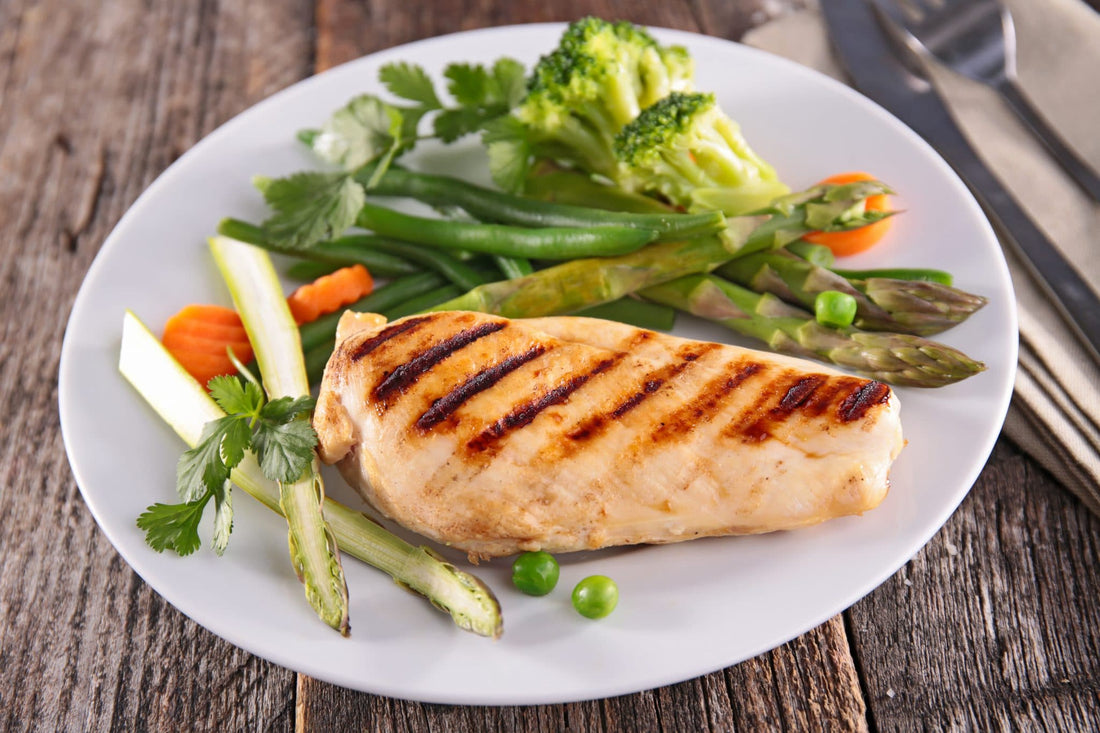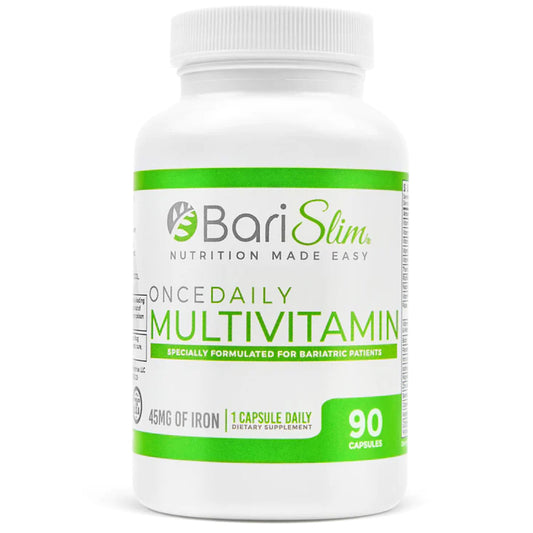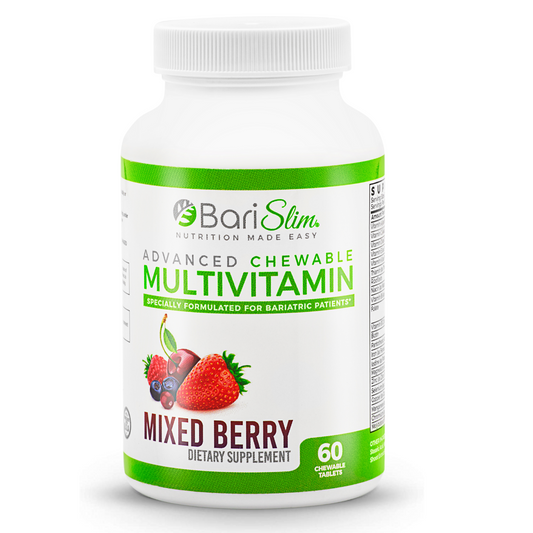Delicious & Easy Bariatric Chicken Recipe
Protein is a key component of a bariatric diet, and a bariatric chicken recipe should be a go-to recipe for bariatric patients simply because it’s easy, delicious, and nutritious.
However, there can be a problem with chicken for bariatric patients. When overcooked, chicken breasts become too dry and tough to eat, especially for bariatric patients. For tender, delicious, hearty protein, we created this bariatric chicken recipe.
The cooking methods we suggest here create the perfect chicken breast ideal for pairing with your choice of steamed vegetables for a healthy, protein and micro-nutrient-packed side dish.







